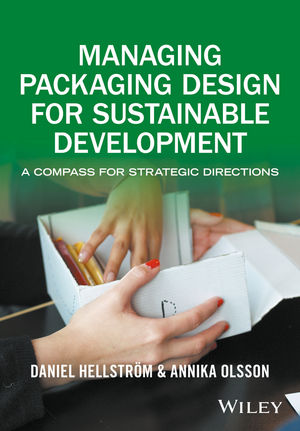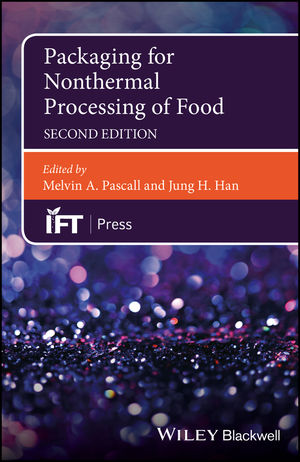Printing: Offset
Offset Enables Quick-Change Production for Netherlands-Based Printer

Quick changes are the core business of Netherlands-based Wesselink Drukwerk, a flexible packaging printer working in the food and non-food sectors. From the outset, Wesselink Drukwerk has used offset printing. It still considers the printing technology crucial to its success.
“Using offset enables us to make very swift job or version changes at low cost,” says Ben Wesselink, owner of Wesselink Drukwerk.
After originally specializing in continuous forms and general business printing, Wesselink eventually branched out into packaging. The company’s first foray was printing seed bags. Exploiting offset’s ability to print fine detail was an immediate winner and led to growth in commissions domestically and abroad. It also resulted in work from new market sectors. When opportunities arose in the food market, Wesselink became certified with the BRC certificate, Category A.
Today, the company is dedicated to flexible packaging, and Wesselink has progressively invested in new equipment and capabilities to keep expanding and upgrading its offering to clients. To complement production from a 10-color DG Vision press, this progression included investment in a 5-color Contiweb Thallo 850 hybrid web offset press with UV curing and one flexo unit. Wesselink says the rising costs of substrates were a prime motive for the investment.
“Traditionally, changing runs and new job makeready is always when most waste occurs, and we specialize in very short runs, averaging in the region of 1,500-1,700 meters,” he says. “In order to remain competitive and continue offering a compelling service for customers, we wanted the leanest solution possible.”
One of the primary considerations in the original design of Thallo technology was how it could contribute to a lean production environment. As a consequence, every small detail of the system has been optimized for press up-time and minimizing waste. By using a second pass, some jobs Wesselink produces are printed seamlessly without a plate gap, meaning that the greatest area of substrate is utilized.
Wesselink’s press has a maximum print width of 840 mm,
just 10 mm less than the total machine width. For ultimate productivity, the company gangs jobs across the full web, ensuring the absolute minimum of substrate is left unused. The sleeves also allow easy and cost-effective printing of different repeat lengths because there’s no need to change the unit or print cartridge, so a new job can be started in just a few minutes. To add to the benefits, the latest generation sleeve design delivers improved repeatability and an even longer lifespan than the original, already impressive figures, and at a more competitive price.
What’s more is the configuration can be easily adapted to meet changes in market demands or to incorporate another process or ancillary. For example, this could be an additional offset, flexo or rotogravure station should the printer need to add a new special color or coating capability.
“We’re still very much a growing business, so we need to make sure we remain versatile and responsive to the market,” Wesselink says. “Our signature is of course our offset quality. Our clients appreciate the fine detail and subtle gradients we can achieve, but we don’t have a crystal ball. It’s important to stay alert, watch the trends and be in a position to anticipate change.”
Wesselink Drukwerk
Looking for a reprint of this article?
From high-res PDFs to custom plaques, order your copy today!








